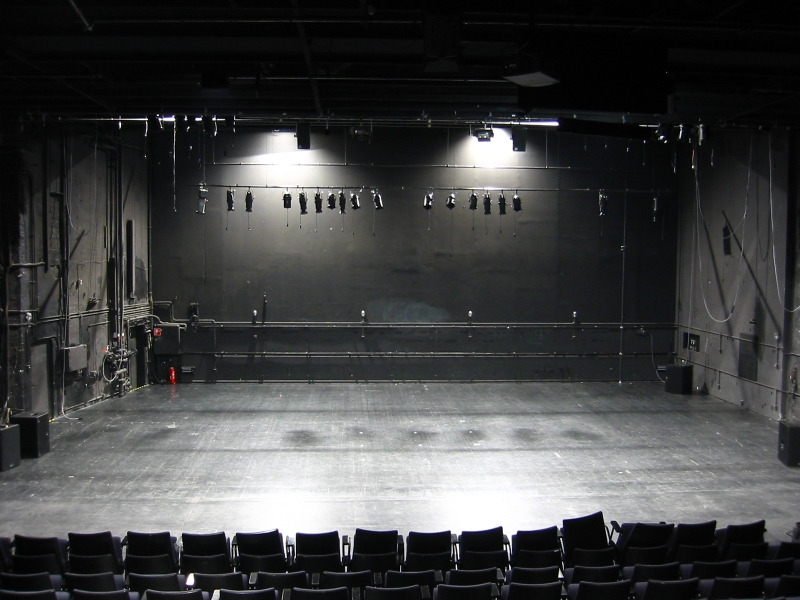 Whenever you see professional videos from concerts they will always look way more intense than the show really was. This is because the camera crew is doing their job and covering the concert from all angles so, when the guitarist bursts into his (or her) epic solo, the camera goes crazy and turns and makes it look like they're doing much more work. In reality, during solo parts, the guitarist is probably just bending their knees/ putting a foot up on a monitor, sticking out their tongue, and playing the guitar. Don't get caught up in the flashy lights, pyrotechnics, or camera angles. instead, practice these real techniques to improve your stage performance from the ground up:
Whenever you see professional videos from concerts they will always look way more intense than the show really was. This is because the camera crew is doing their job and covering the concert from all angles so, when the guitarist bursts into his (or her) epic solo, the camera goes crazy and turns and makes it look like they're doing much more work. In reality, during solo parts, the guitarist is probably just bending their knees/ putting a foot up on a monitor, sticking out their tongue, and playing the guitar. Don't get caught up in the flashy lights, pyrotechnics, or camera angles. instead, practice these real techniques to improve your stage performance from the ground up:
1) Sound- The key to a good performance is your sound. If you are running around on stage and your levels or off, or you're off time with the other musicians in your band, you aren't doing anyone any good. You might be entertaining but the crowd isn't going to buy your album. Make sure that you have your set down before getting too tied up in stage presence.
2) Power Stance- As a musician your job is really just to be "into it" and look like you're either enjoying or concentrating on what you're playing. The power stance can be used to achieve this look. You simply spread your legs out, probably about shoulder length, bend your knees and arch your back a tad. It's a good idea to look around the crowd, make eye contact, or even bend over your guitar and watch the fretboard. If you look like you're really getting into the music, chances are the crowd will too.
3) Move around- Within the area you're designated, move around once and a while. Don't cross into other people's territory because physically running into one another or tangling each other's cords doe not look good on stage. Just get into the music and don't stand still the whole time.
4) Sing Along- The musicians who are not doing the main vocal can further enhance their stage performance by singing along to the choruses or hooks of the songs. This lets people know that the band loves the songs too and will encourage audience singing.
5) Encourage Clapping- If you have parts with a steady beat on the bass drum, or any other applicable part, the backing band (and lead vocalist) should encourage the crowd to clap. I can't stress enough how big audience participation is in terms of stage presence.
6) Develop a Chemistry- Interact with the members of your band on stage. Don't make fun of one another into the mic or be obnoxious but do visit one another, laugh, or let your lead guitarist lean on your back during solos. Singers should consider singing choruses into the same microphone as whatever member is doing the harmonies.
A note to the vocalist: When it comes to stage presence you have a tougher job than the rest of the band. You have to sing the songs, move through the stage, and keep the audience engaged. Talk to the crowd between songs, ask them questions, teach them parts of the songs to sing along with, get them clapping or even throw out a beach ball. If the crowd is big enough you can venture into it, climb onto monitors, or stage dive but worry primarily about keeping their eyes on you. Refer to our "know your audience" section for information about expected patterns and don't be affraid to throw CDs, shirts, buttons, or stickers out into the crowd. Remember to announce your band name a few times during the set and encourage people to find you online and in person after the set.
A key to making fans is networking after your performances. When people come up to tell you how you did engage them in conversation and tell them you'd like to keep in contact via your social network of choice. This will earn you fans, online listeners, and hopefully contacts to further your career.